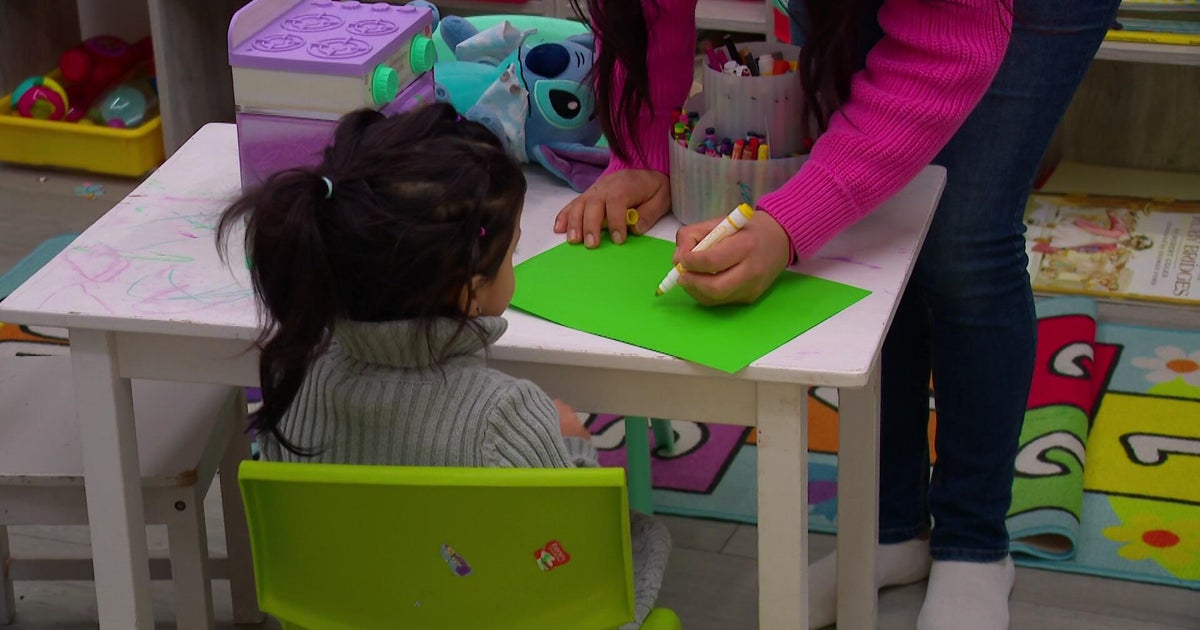Patients with severe injuries find relief through virtual reality at Mount Sinai
NEW YORK -- A new approach to pain relief sounds more like a video game than a treatment.
CBS2's John Dias found out that by using virtual reality, patients with severe injuries are finding help through a headset.
A few minutes of quiet with a VR headset, and 32-year-old Blake Hunt is a world away.
"Although I can't move my legs physically, I can still feel them," he said.
Hunt says virtual reality treatment brings his pain levels down.
When he puts on the headset, it's as though he is sitting on a beach with his legs in the sand. Hunt says he's calmed by the water and actually gets a literal kick out of the VR legs.
"When movement is happening and you're, like, visually seeing it, you can feel it in your body. And it's like a very refreshing situation, especially when you haven't moved your legs in years," he said.
RELATED STORY: Only on CBS2: Queens hospital uses virtual reality technology to help nurses escape stresses of the job
A traumatic injury left Hunt a quadriplegic.
"I broke my neck at 17 playing football from high school," he said.
He says he's been suffering excruciating nerve pain ever since.
"Like pins and needles all day, like feeling like I'm being stabbed," he said.
Hunt says prescription meds and opioids were doing him more harm than good, so he's being treated with immersive technology, VR therapy, at Mount Sinai.
"We focus on manipulating pain areas located in the brain," said Dr. Laura Tabacof, a rehabilitation doctor working with Hunt. "What we are doing is placing users in an environment where they see limbs performing a certain action or activity. For instance, people with pain in their arms ... they're going to see hands performing a very eliciting activity, such as clay work or playing with water. And what that will do is send the brain a positive feedback that will decrease activity in those pain centers in the brain."
Tabacof says she's encouraged by patients' reported pain reduction.
This type of therapy has also been known to elicit strong emotional responses -- some who find the relief overwhelming, others from the visual stimulation.
"We're not that afraid of eliciting emotions because we are supervising them throughout the session. So we are here to calm them down, to take them out of the environment if we feel that that's too overwhelming," Tabacof said.
As for Hunt, he says he's not defined by his limitations. He's socially active and involved in a pro video game league called the Quad Gods. He adds managing his pain without meds allows him to fully experience it all.
"It makes the nerve pain do different stuff. I know you couldn't see me under the mask, but I was actually smiling at one point," he said.
Treatments last about 20 minutes once or twice a week. Tabacof says the goal is to expand and even personalize the VR library and to ultimately have patients do treatment at home.








